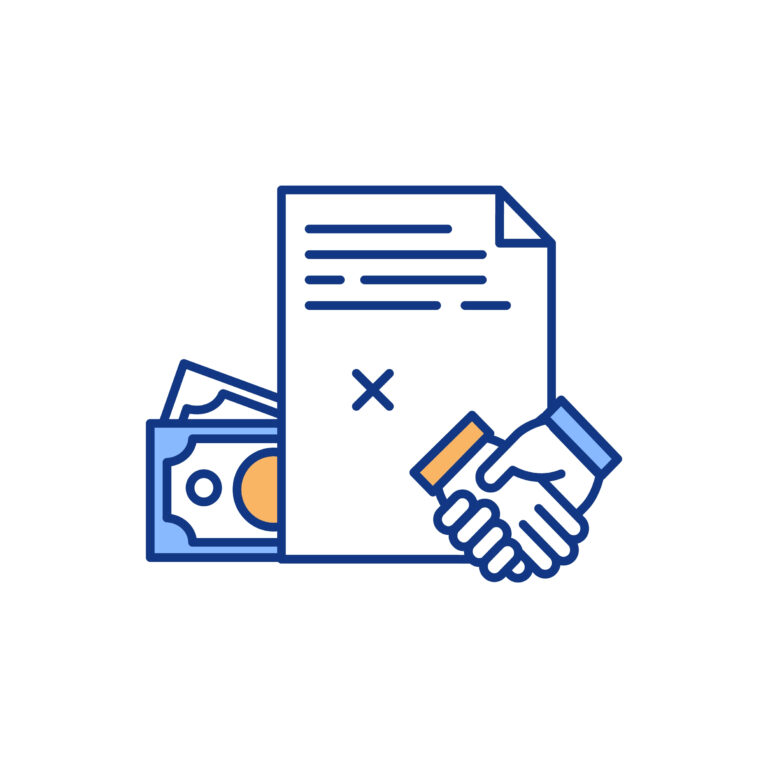How do I estimate PMI costs? | How will I pay PMI? | Is PMI required? | FAQs
Private mortgage insurance (PMI) is an extra cost most home buyers pay if they put down less than 20% on a conventional loan. It protects the lender — not you — in case you stop making payments on the loan. But how is PMI calculated, exactly?
PMI costs typically range from 0.19% to 1.86% of your loan amount annually, and your rate depends on key factors like your loan-to-value ratio (LTV), credit score, and loan type. Your monthly PMI payment will vary depending on how you choose to pay it.
If you make a down payment under 20%, you’ll end up paying somewhere between 0.19% and 1.86% of your loan amount in PMI each year. However, if you start off paying PMI, you can stop paying it once you’ve paid down enough of your loan.
» SAVE: Match with an agent through Clever Real Estate, and get cash back when you buy!
How do I estimate PMI costs?
While lots of factors affect your PMI costs, you can estimate your PMI payments by looking at your credit score and your LTV (loan-to-value, however much you still owe on your mortgage compared with the property’s value).
How is PMI calculated?
To calculate PMI:
-
Determine your loan amount (e.g., $200,000)
-
Find your LTV (loan amount ÷ home value)
-
Use your credit score to find your PMI rate
-
Apply this formula:
Annual PMI = Loan Amount × PMI Rate
Monthly PMI = Annual PMI ÷ 12
Example PMI calculation:
If your loan is $200,000, your LTV is 96.5%, and your credit score is 705, your PMI rate may be 0.99–1.21%.
-
Annual PMI: $1,980–$2,420
-
Monthly PMI: $165–$202
How can you calculate monthly PMI?
If you plan to make all your PMI payments monthly, find your annual cost (see chart below) and divide by 12 months.
Estimate your PMI: Find your LTV and credit score range
Say you have a $200,000 loan. With a 96.5% LTV and a 705 credit score, you can expect to pay between $1,980 and $2,420 in PMI per year.
| Note: If you pay PMI using a split-premium plan, you’ll pay part of your premiums at closing and the rest through monthly payments. |
Does PMI affect how much house I can afford?
You should plan for PMI costs in your budget, whether you decide to pay at closing, as part of your monthly mortgage payment, or a combination of the two.
If you plan to make a down payment of at least 20%, you won’t need to pay private mortgage insurance, so it won’t affect your overall budget.
Do I have to pay PMI?
If your down payment is at least 20%, PMI usually isn’t required. But if you put down less than 20%, expect to pay PMI until your LTV drops below 80%.
Lenders don’t automatically cancel PMI—you’ll need to request it once you hit 80% LTV. Some lenders may even require an appraisal to verify your home’s current value.
How will I pay PMI?
You can pay PMI in one of a few different ways.
Monthly: with a monthly PMI plan, your PMI costs get split into 12 payments each year (one per month). This method lets you pay insurance as part of your monthly mortgage payment, which is convenient and spreads the cost over time.
Up front: you can choose to pay the full PMI cost up front at closing time ― meaning cheaper mortgage payments afterward — so you'll need more cash at closing.
Split-premium: you can divide costs between closing time and monthly payments.
Lender-paid: some lenders will pay your PMI costs in return for a higher interest rate ― meaning you could end up paying more than if you'd gotten PMI yourself.
Do I have to pay PMI?
If you put at least 20% down, you WON'T have to pay private mortgage insurance at all.
If you put less than 20% down, you have to pay PMI only until your loan reaches 80% LTV ― meaning your loan balance is only 80% of the property value.
Your lender might also cover PMI costs for you. Just remember you’ll have a higher interest rate, so you might be better off just paying the PMI for a couple years.
💡 Quick Tip: Ways to save money when you buy
|
Do all lenders make you pay PMI?
Most conventional lenders (like your bank) will require you to pay PMI if you put less than 20% down.
Some government loans, like from the VA, don’t require PMI at all. However, FHA loans require an FHA mortgage insurance premium (MIP). Unlike PMI, you have to pay MIP for at least 11 years ― and sometimes for the life of the loan.
» MORE: How do FHA funding fees work?
Can you get rid of PMI?
Yes, you can get rid of PMI with most loans once you’ve paid your loan down to 80% LTV. If you have an FHA loan, this might not be an option.
That said, you’ll need to call your lender once your loan reaches 80% LTV — they won’t automatically get rid of your PMI payments.
Of course, your agent can help with all your concerns about home buying costs. So don’t be afraid to ask plenty of questions. That’s what they’re there for!
💡 Quick tips to avoid or reduce PMI
-
Put 20% down if you can to skip PMI entirely.
-
Boost your credit score before applying for a mortgage.
-
Compare lenders — some offer more flexible PMI structures.
-
Use a buyer rebate (like Clever’s cash back) to offset upfront costs.
» FIND: Clever matches you with top local agents today. (It’s 100% free with no obligation.)
FAQs about PMI calculations
How much is PMI on a $100,000 mortgage?
PMI depends on your credit score and LTV (loan-to-value). So PMI on a $100,000 mortgage could range roughly $200–1,800 annually ($16–155 monthly). The more you put down (or pay off your loan) and the better your credit score, the less you pay in PMI.
Is PMI based on your equity or your loan amount?
PMI is based on your loan amount. Your private mortgage insurance cost gets calculated using your overall loan amount. And getting rid of PMI requires your remaining loan amount to be 80% of the home’s value or less.
What is a normal PMI rate?
Normal PMI rates can vary quite a bit, since they depend on both your down payment and your credit score (among other factors). Common PMI rates range 0.5–1.5% of your loan amount, but they can go both lower and higher.

